Inside the fight to save the Cuban crocodile from extinction
An endemic species that is threatened by hunters and genetic deviation has forced scientists to step in
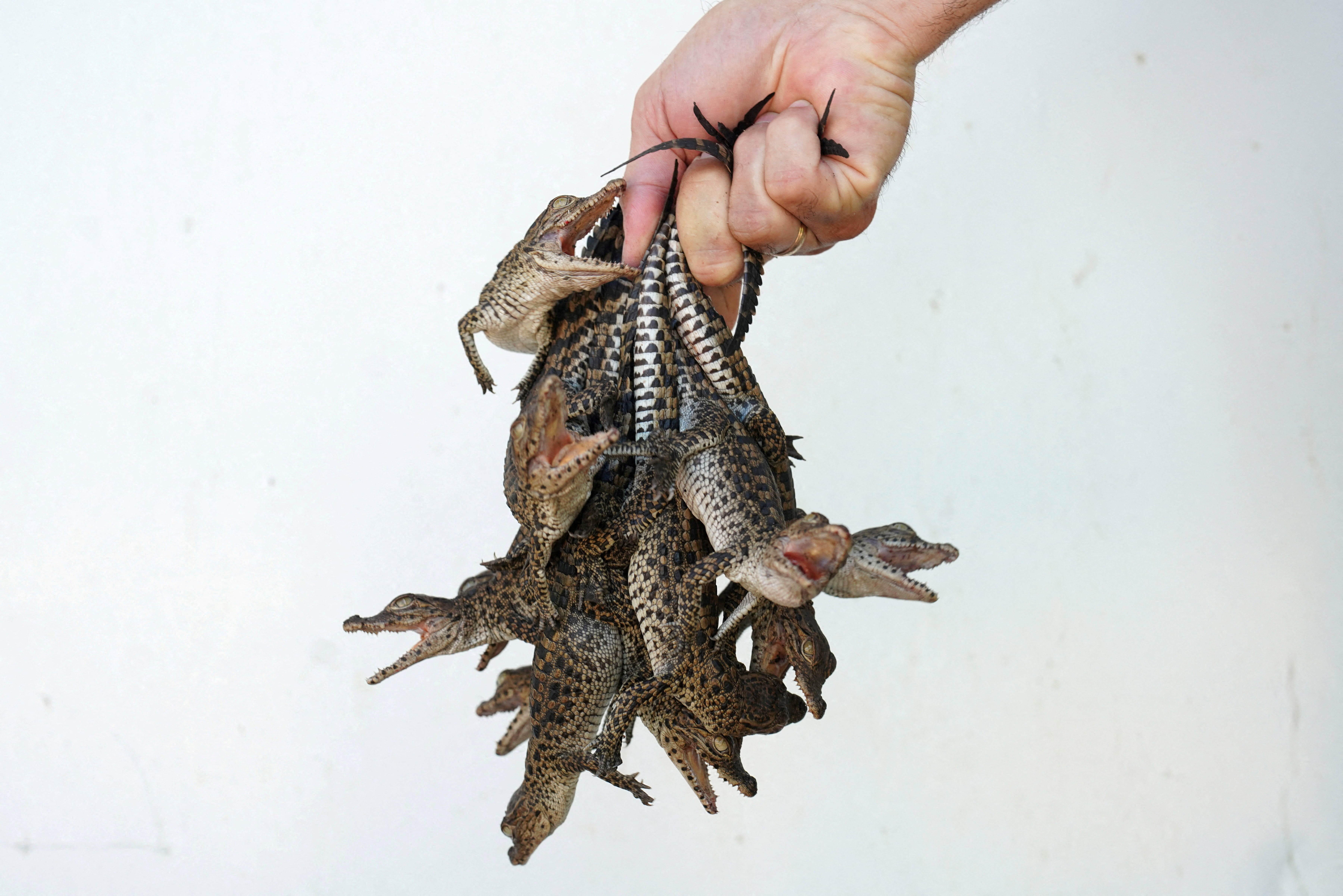
Your support helps us to tell the story
From reproductive rights to climate change to Big Tech, The Independent is on the ground when the story is developing. Whether it's investigating the financials of Elon Musk's pro-Trump PAC or producing our latest documentary, 'The A Word', which shines a light on the American women fighting for reproductive rights, we know how important it is to parse out the facts from the messaging.
At such a critical moment in US history, we need reporters on the ground. Your donation allows us to keep sending journalists to speak to both sides of the story.
The Independent is trusted by Americans across the entire political spectrum. And unlike many other quality news outlets, we choose not to lock Americans out of our reporting and analysis with paywalls. We believe quality journalism should be available to everyone, paid for by those who can afford it.
Your support makes all the difference.Shirtless and waist-deep in the dark waters of Cuba’s palm-speckled Zapata Swamp, researcher Etiam Perez releases a baby crocodile confiscated from illegal hunters back into the wild.
It is a small victory, he says, in a bigger battle. Cuban crocodiles, an endemic species found only here and in a swamp on Cuba’s Isle of Youth, are critically endangered and have the smallest natural habitat left of any living crocodile species, scientists say.
“We are trying to bring them back from the edge of extinction,” Perez says as the spotted reptile, mouth full of fine teeth, kicked its striped tail and disappeared.
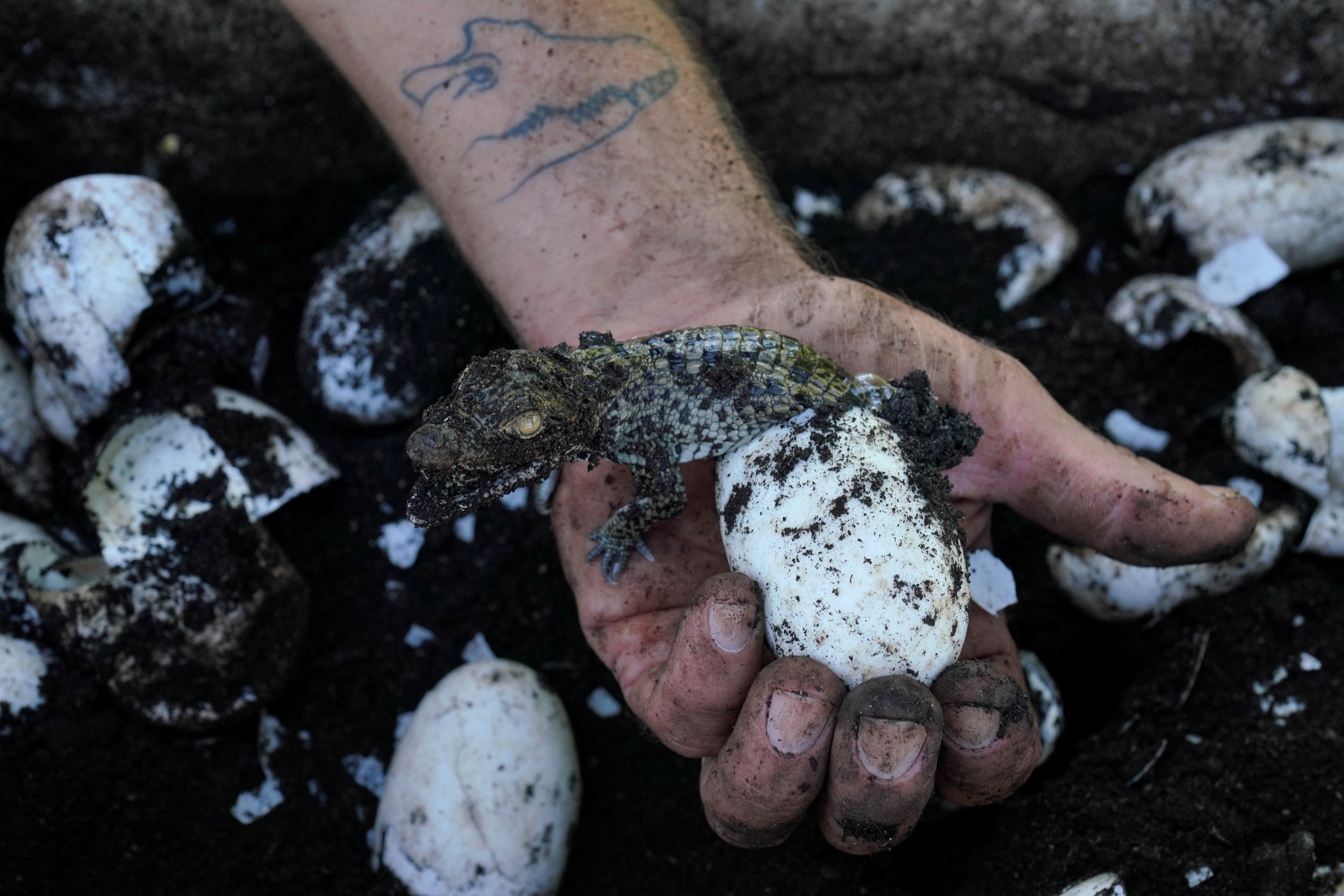
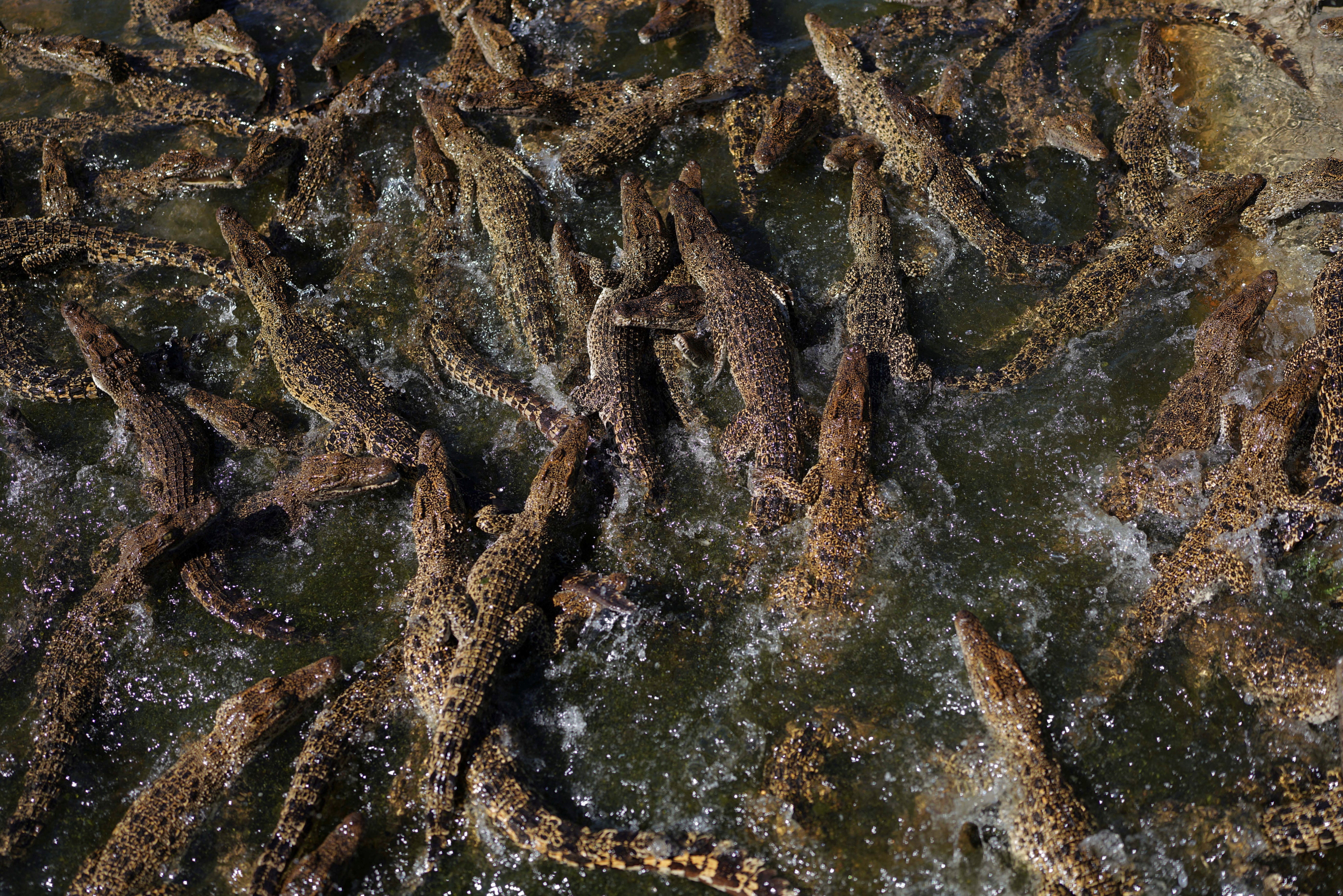
Illegal hunting and hybridisation with American crocodiles – which muddles the species’ genetics – have for decades threatened populations here. A warming climate, which alters the sex ratio of newborn crocs, poses a new threat.
And despite the fact that the Cuban government has protected virtually all of the vast swamp – widely considered to be the best preserved in the Caribbean – that may still not be enough, scientists say.
“When you compare the Cuban crocodile with other species in the world, its house is very small,” says Gustavo Sosa, a Cuban veterinarian at Zapata.
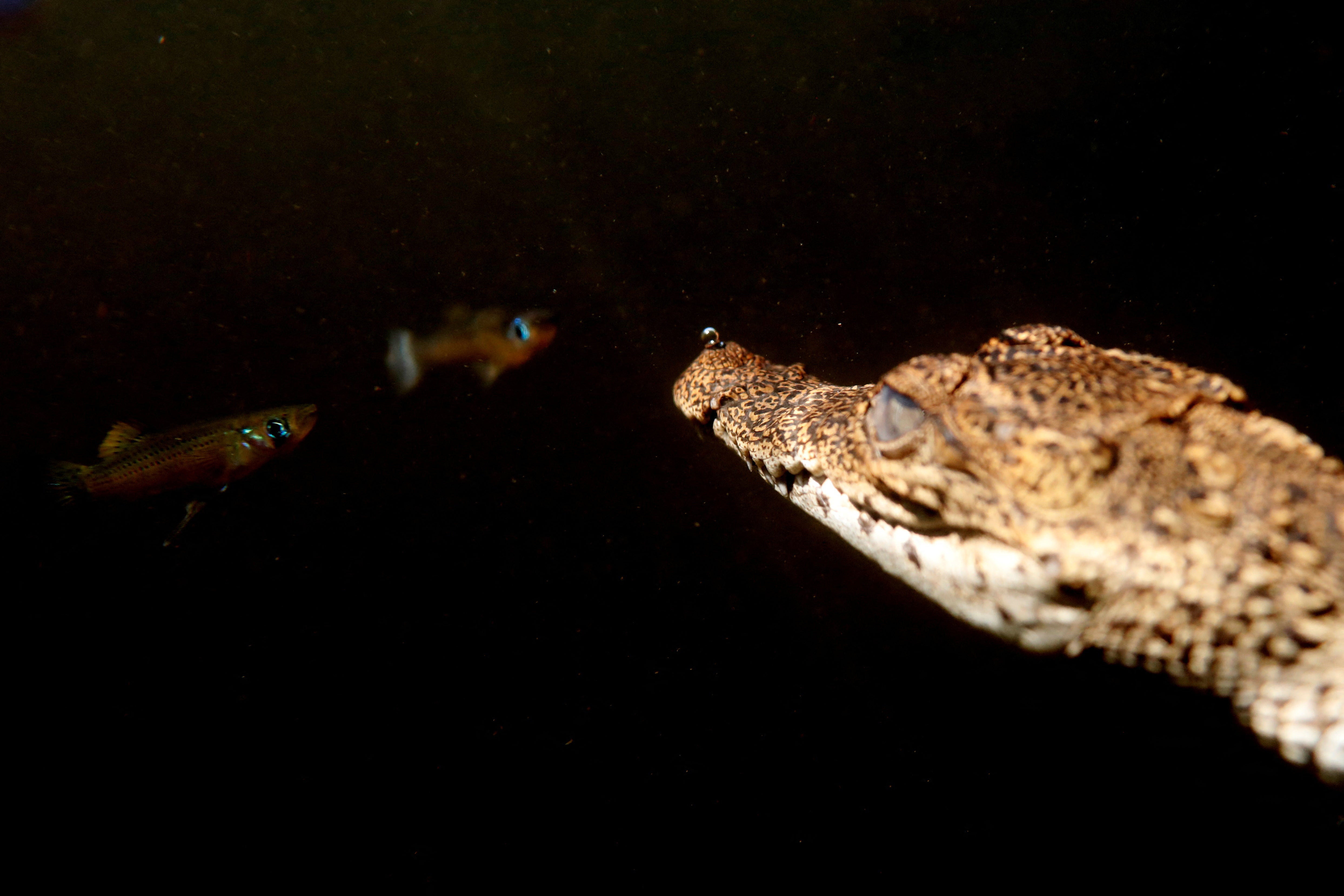
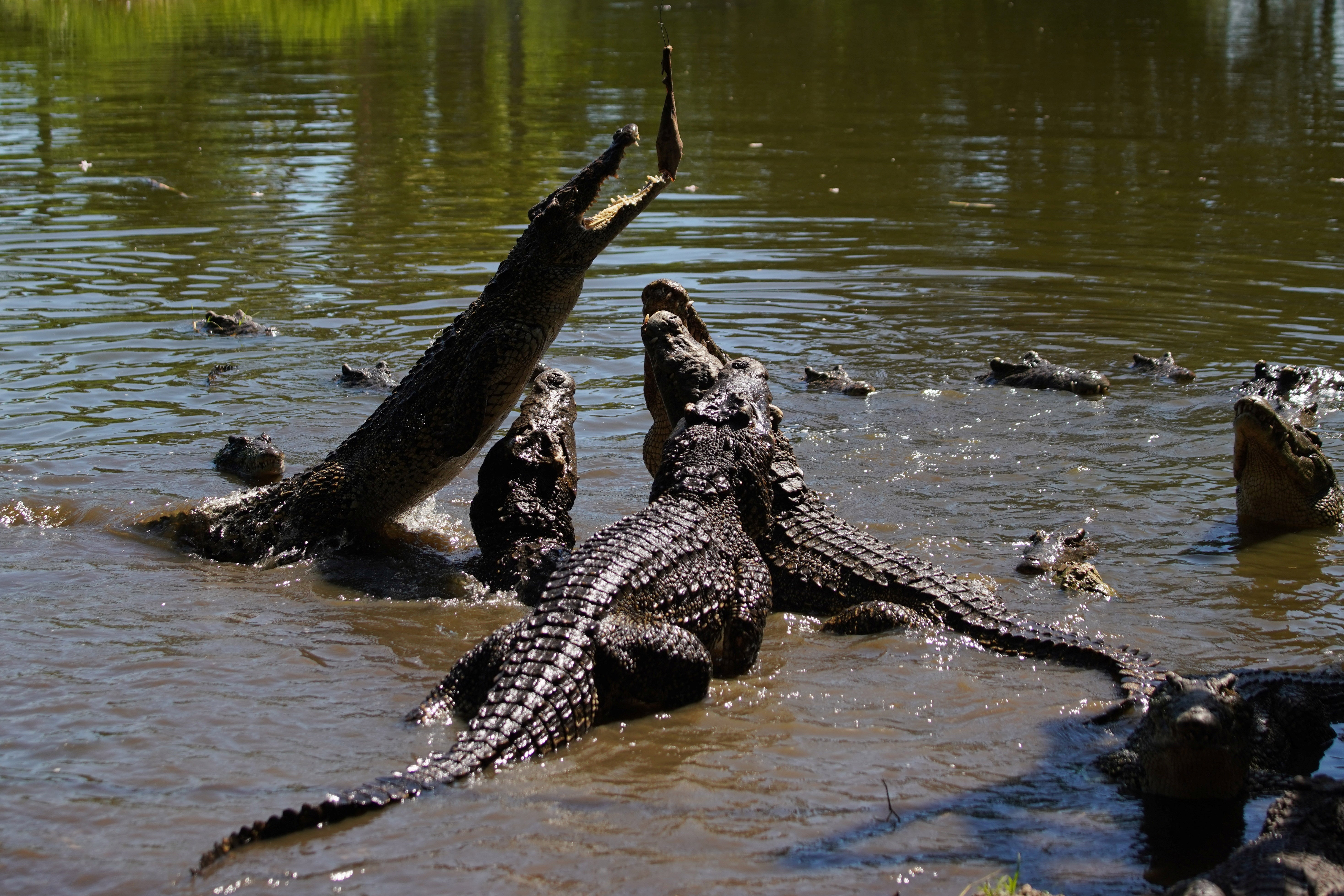
Cuban scientists estimate that around 4,000 Cuban crocodiles live in the wild. But because the area they prefer within the wetland is relatively small, a climate-related disaster – increasingly common now globally – could wipe out most of the population.
Those concerns decades ago prompted the Cuban government to underwrite a hatchery program that annually releases several hundred crocodiles into the wild. Researchers like Perez also liberate crocodiles confiscated from hunters as part of a program that has helped reduce poaching of the species.
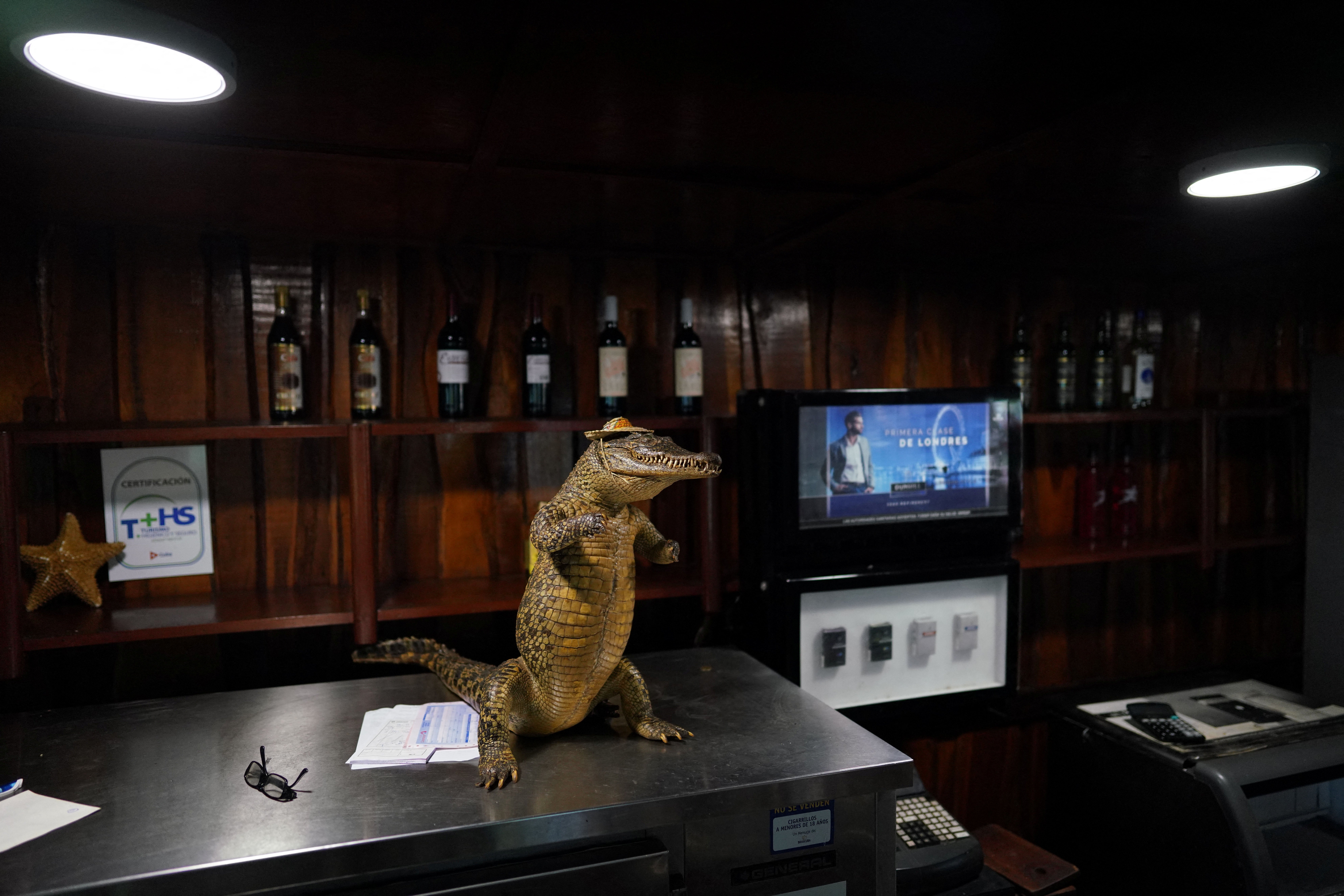
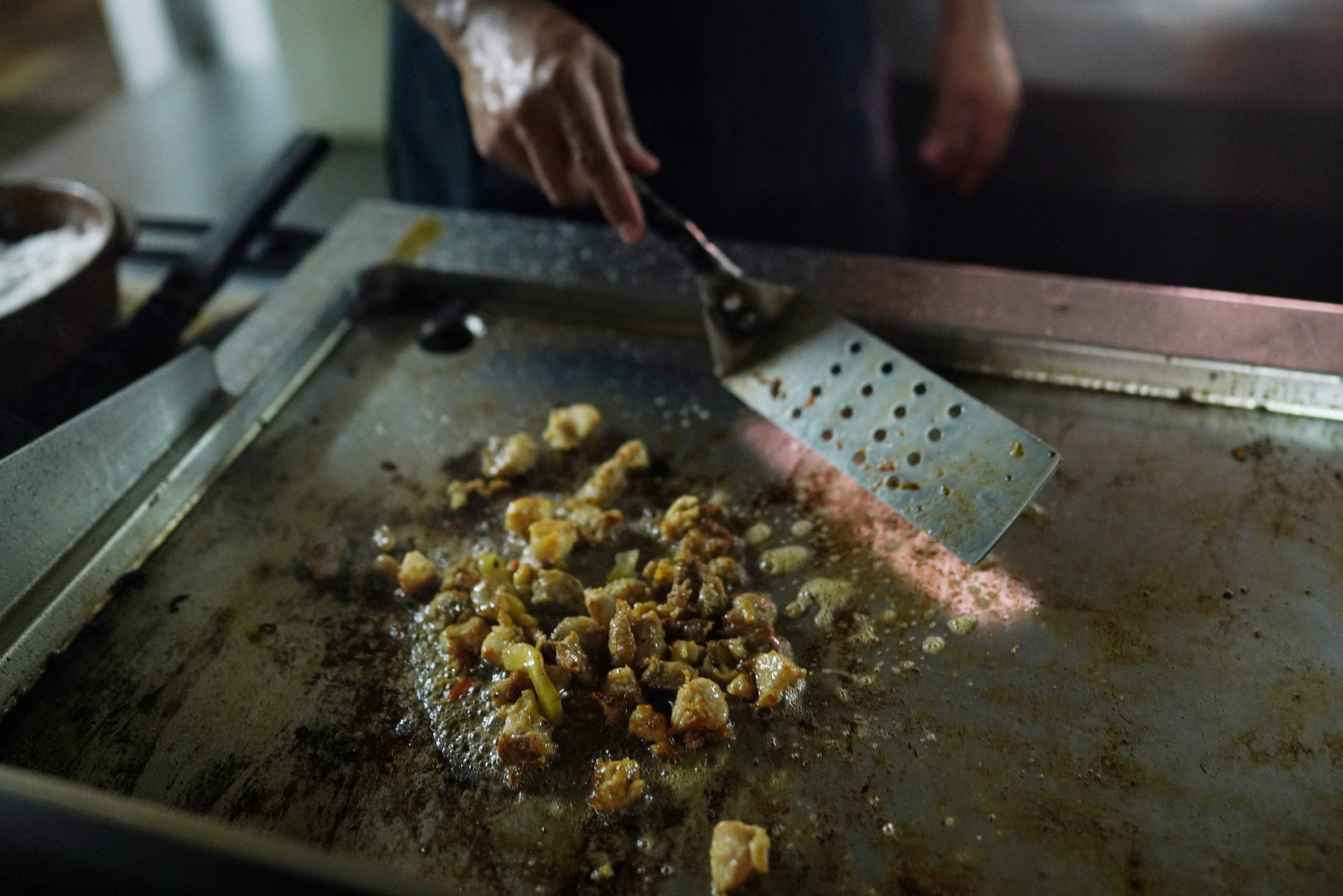
The International Union for Conservation of Nature (IUCN), which listed the species as critically endangered in 2008, says its assessment and population estimates need updating, but confirms long-standing concerns over the limited habitat of the species.
“With the hatchery we are trying to increase the historical range of the Cuban crocodile and of course increase the number of these individuals in the wild,” Perez says.
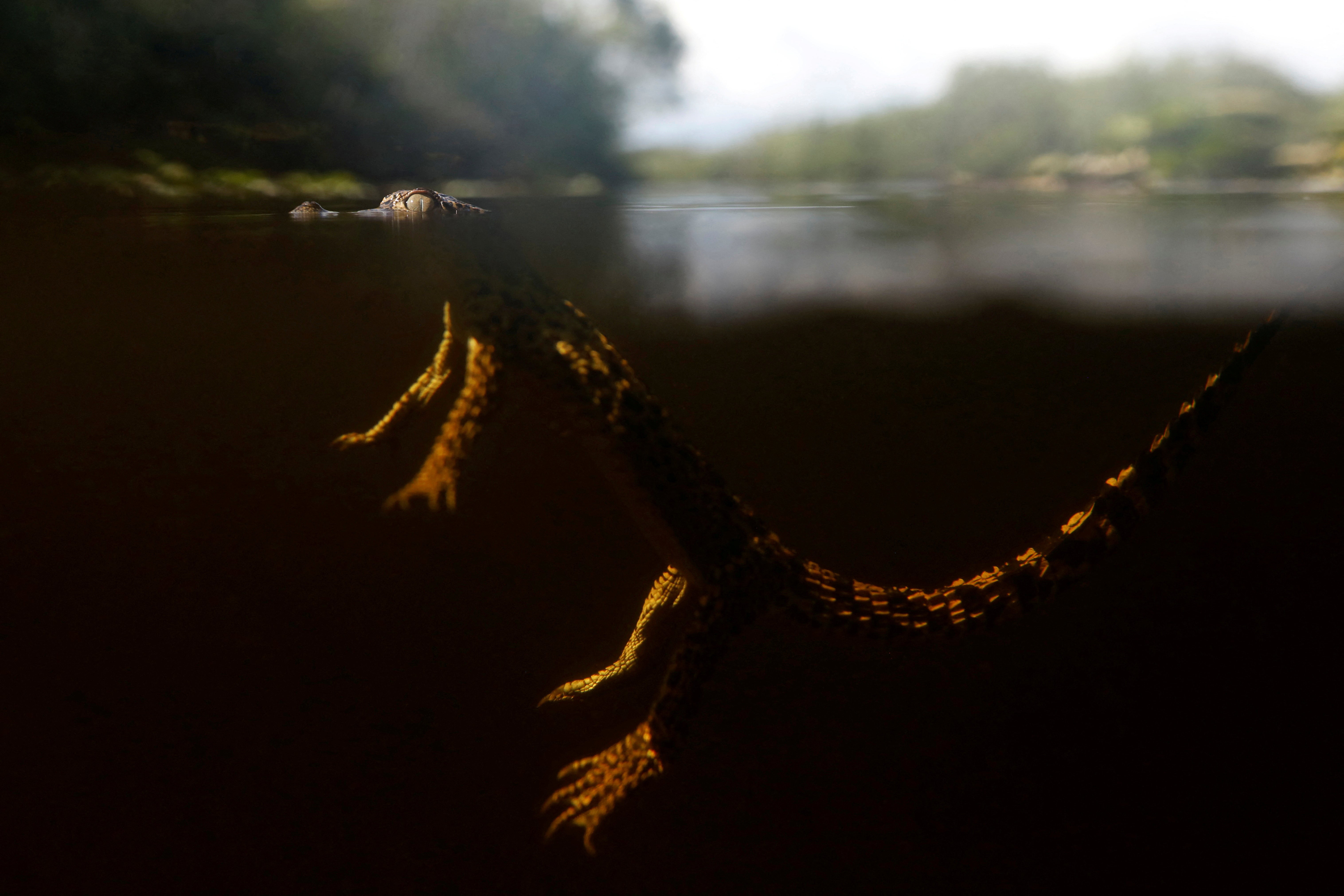
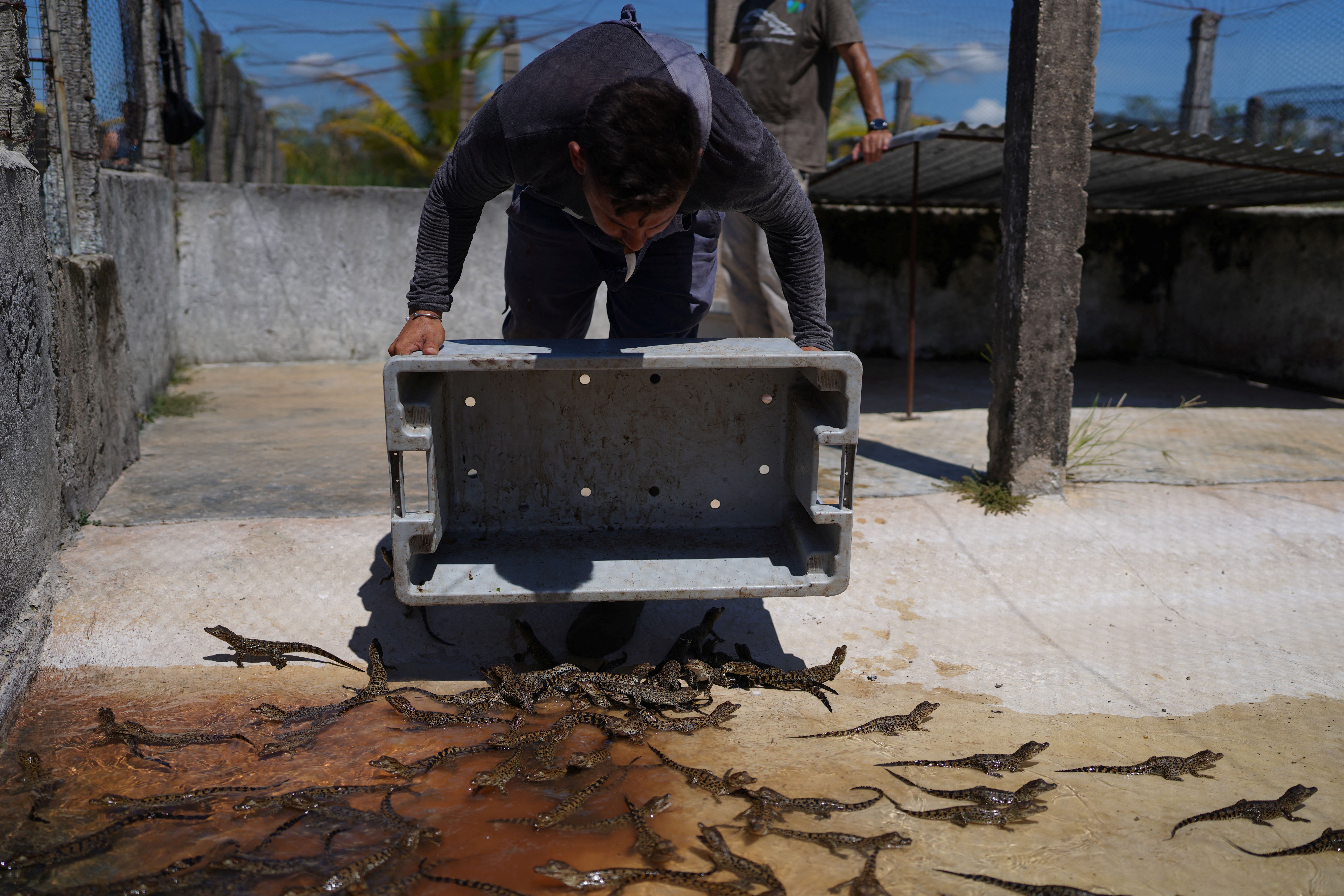
The sale of crocodile meat in Cuba is tightly controlled by the state, and only those crocodiles with physical defects or hybrid genetics, for example, are allowed in restaurants. An illegal market, however, can still be found in some areas, particularly around the swamp.
Fuel shortages, antiquated equipment and often inhospitable conditions are constant challenges in Cuba, a Caribbean island nation gripped by a dire economic crisis.
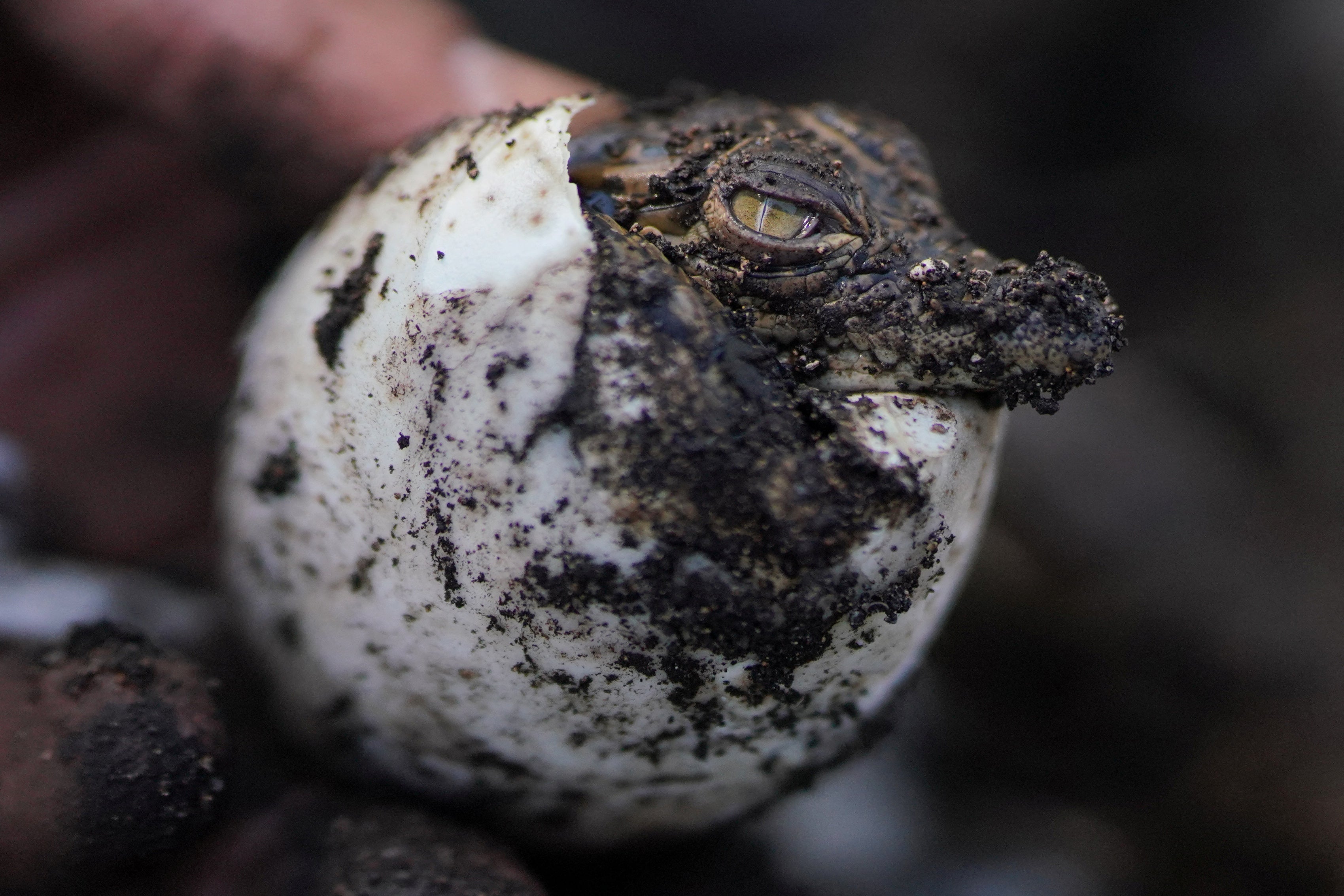
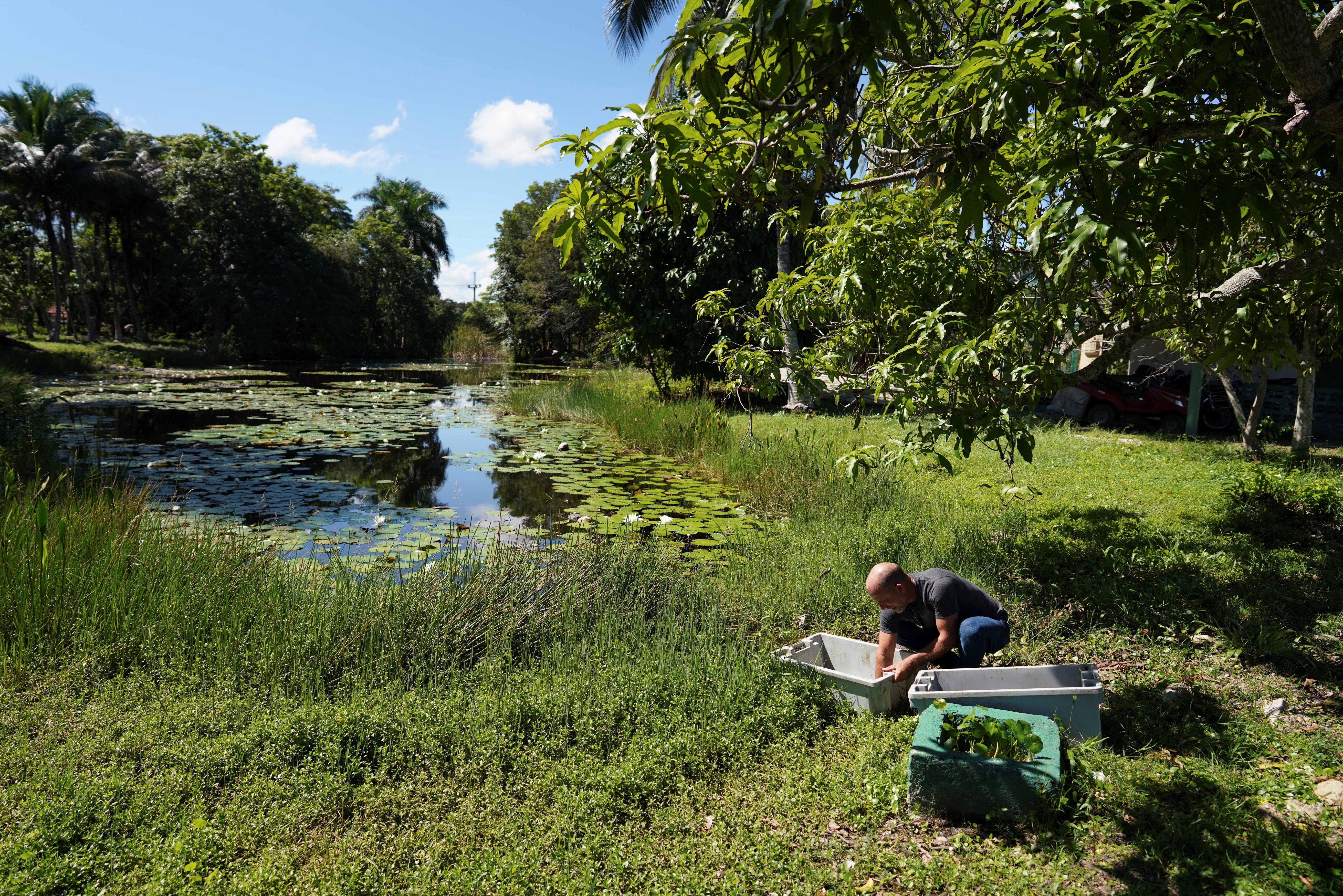
But at Zapata, those concerns feel distant as this year’s crop of freshly hatched crocs, still covered in mucus from their eggs, snap their jaws at pieces of fresh river fish, moving in unison as they discover their new world.
The newborns quickly become fierce and intimidating predators, scientists say, capable of reaching lengths of nearly five meters as adults. The Cuban crocodile, says veterinarian Sosa, is especially pugnacious, with little fear of humans.
“It is a very curious critter,” says Sosa. “When you see one in nature ... you know it is a Cuban crocodile because they come to you.”
Photography by Alexandre Meneghini
Reuters
Join our commenting forum
Join thought-provoking conversations, follow other Independent readers and see their replies
Comments